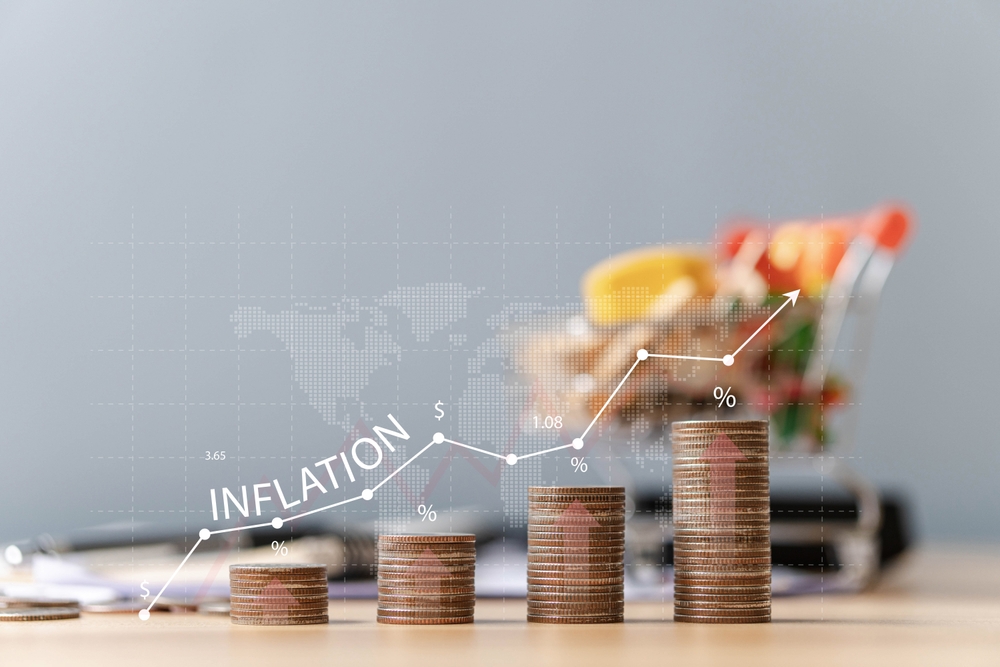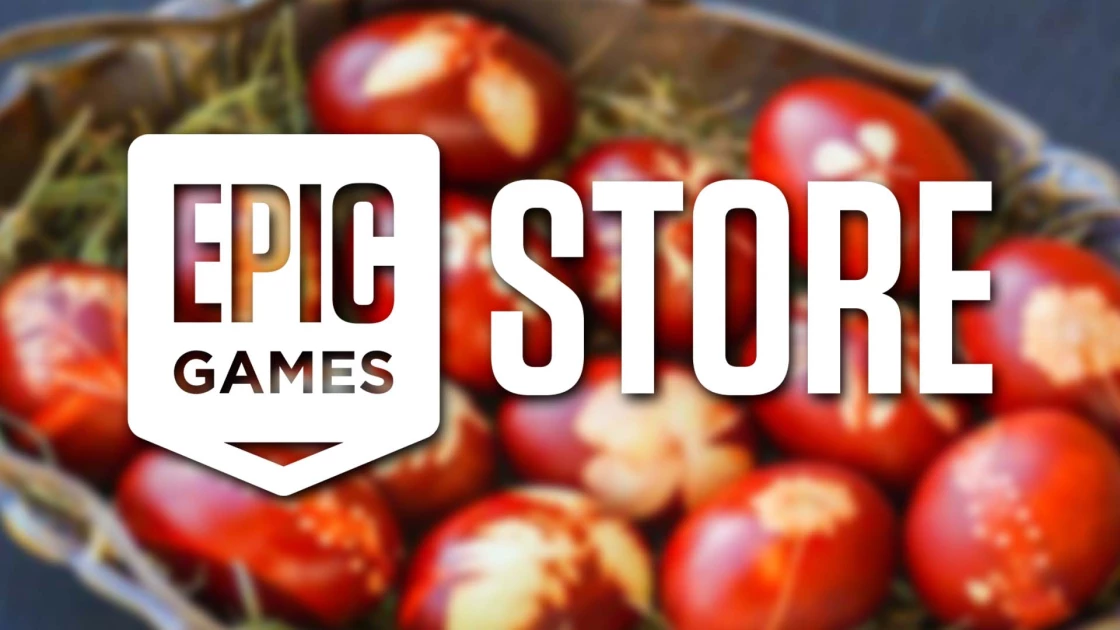
the China’s poor growth Signs that the European economy is contracting are worrying developments in themselves. But if combined with another increase in prices of staple foods either as a result of restrictions on Indian exports, bad weather or El Niño, things could get more difficult.
The combination of weak economic growth, or worse, economic stagnation and high prices, is never a good thing. In fact, it’s always a nightmare, especially if the price hikes are for food or other basic necessities. Despite the fact that a general economic recession has been avoided so far and that inflation is showing some signs of abating, the fact is that risks still exist and, one could say, have increased, especially if we are talking about the European continent.
The dependence of the economy of many European countries on exports to China and from China in general is well known, and is even more evident in the largest economies of the European Union. This means that the very worrying path that the Chinese economy is taking, which has become unable to achieve the necessary growth rates for important sectors of the country’s economy so that it does not face serious problems, is something that worries us greatly here in Europe.
Especially when economic statistics come like the one released yesterday, which showed that confidence in the performance and prospects of the Eurozone economy has declined for the fourth month in a row, and even more than economists expected (according to Bloomberg data).
the Low performance It extends to all sectors of the economy, which means that the feeling in the services sector, the industrial sector, and consumer expectations is that economic growth in the coming period will not be strong. If we combine that with the PMI readings from last week (these indicators give a good picture of business officials’ assessments of the state of the economy), we get a picture that, as Bloomberg analysts have pointed out, points to a contraction in the private economic sector. Activity in the Eurozone and its two largest economies, Germany and France. If this means that the ECB Governing Council will decide to start cutting interest rates to boost economic activity, we can also interpret this as a positive thing.
But given the recent inflation readings, it is practically impossible to hope for something like this to happen, as the logic is that interest rates will remain at a high level for a long time to come. It is therefore possible that, if low confidence in the economy eventually turns into a recession, we will find ourselves in the situation we mentioned at the beginning, that is, in an environment of low economic growth coupled with high prices.
saying high the pricesWe refer mainly to food prices, which stubbornly refuse to fall, and more often than not continue to rise, as we find every time we have to pay at the supermarket, grocery store, grocer or butcher. In fact, this is something that is observed almost all over the world, not just in our country or Europe. The forecast in this area is not very pleasant. In many staple foods, international news is causing great concern.
The cases of rice and sugar are the most distinguished in recent times. Their prices have been on a steady upward trend for some time, reaching their highest levels in the past twelve years. In the case of sugar, this is clearly seen from its price on international commodity exchanges, while in the case of rice, which is somewhat more complex, this can be seen from the price of a relative index compiled by United Nations agencies.
Given that rice is the food with the largest participation in most general indices measuring food cost around the world, it is clear that it is causing upward trends in total food cost. The reasons for the rise in rice and sugar prices are due to weather conditions and their impact on the rise in yields in the main exporting countries, with fears of more negative weather conditions due to the El Nino phenomenon that returned in 2023, driven by strong demand, largely due to the decision India imposes restrictions on rice and sugar exports. India is considered the largest exporting power in the rice market and among the very large powers in the sugar market.
Although no real shortage has emerged, prices have risen due to a reduction in Indian exports and efforts by many other countries to build up their inventories. This means that if El Niño causes major problems for agricultural crops in Asia and South America, we should expect larger increases in food prices. Of course, problems don’t just exist with rice and sugar. Global commodity wheat prices may have remained relatively low despite Ukraine’s export problems and India’s export restrictions, but some special-use varieties are being priced at high levels, and there are concerns that prices could rise even higher. We are referring to the durum wheat used to make pasta.
Due to Canadian production problems, global production has reached its lowest level in 22 years, and the situation does not inspire optimism, as news from Canadian fields has worsened in recent weeks. For now, Turkey seems to have saved the day, directing its very good crop and the high reserves it has accumulated to (mainly) European markets. But if we believe the experts who spoke to Reuters, Turkey will not be able to rest the European market for more than another two months.
Clearly, there is no reason to be too pessimistic. Things can get better, and economic recession can be avoided El Nino It turned out to be less devastating than expected, prompting India to lift restrictions on exports and lower food prices.
We may also discover that Turkey’s durum wheat reserves are larger, enabling us to avoid further rises in pasta prices. But things may not develop this way and we may find ourselves in a situation characterized by low economic growth, high interest rates and even high food prices.
This combination seems almost terrifying, because it will mean lower incomes for citizens due to shrinking economic activity, great difficulty in financing due to high interest rates, and even higher food costs due to rising prices. Obviously, we prefer the optimistic scenario, but we cannot drive pessimism out of our minds.

“Avid problem solver. Extreme social media junkie. Beer buff. Coffee guru. Internet geek. Travel ninja.”





More Stories
Are you okay when you tell us we're okay?
A new wave of retirement journeys – we will reach a record high in 2024 with more than 212,000 retirements – a ceiling of €400 million
Thieves' new trick: This is how they steal from drivers on the national highway